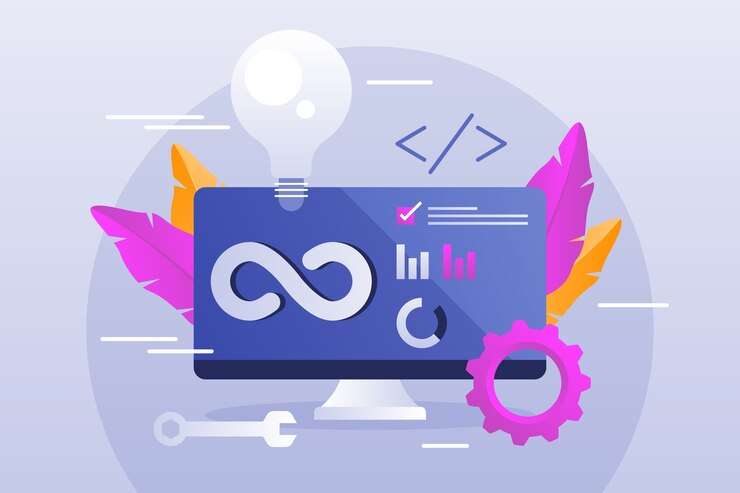The prime objective of accessibility is to make a product convenient for all users. On the other hand, inclusive design deals with user diversity.
Here we are giving you an example of an accessibility issue.
When both hands are full with groceries, you cannot open a door with a round doorknob, which is the perfect example of an accessibility issue.
The complication is here:
When a company or brand build their website or product, they assume that? every customer is perfect from every aspect, say able-bodies, but they do not consider users with visual impairment or just walking in the sun and can’t read the text on their phone screen.

Now you can see two accessibility issues. Here the first one can be resolved by changing the doorknob into the lever, and the second problem of visualization can be omitted by increasing the text contrast on your website.
After understanding the accessibility issues, you may ask what is accessible design and inclusive design? That is the difference between both.
In this article, we shall talk about both of these topics vividly. After reading this blog, you’ll learn basic about accessible design and inclusive design.
What is Inclusive and Accessible design?
Inclusive and accessible designs are inevitable in technology, product platforms, websites, and applications. Even both of them are used in architectural planning. On the other hand, we would say accessible and inclusive designs exist in every technology arena.
The main objective of inclusive and accessible design is to make people’s lives easier. In the next part, we will talk about accessible format more clearly.
Accessible Design
Accessible design means supplying the requirements of physically challenged users so that using a particular product becomes easy for them, as the usability is for the average population who are physically not challenged. Web accessibility was discovered in 1997 to make the internet more accessible to physically challenged users. They said that simple UI changes are enough to boost accessibility.
For example, including an audio description for a particular video is very helpful for the visually impaired patient because they get to know what is going on. Adding a color code to indicate a problem helps the process be genuinely accessible, and the design is known as accessible design.
Example of bad accessible design
Apple is the world’s biggest and most famous company that choose to adopt a low text contrast on its website. In this low text contrast, a visually impaired person can not find out the navigation bar; they would even face difficulty reading the word “Search Support.” You can check the Apple website to understand the lousy accessibility design clearly. On the other hand, a Good accessible design comes with high text contrast, making the navigation bar easily noticeable and readable for visually challenged users.
Inclusive Design
Inclusive design is different from accessible design, and it is because the main objective of accessible design is to personalize a product for specific users with disabilities. On the other hand, inclusive design thinks in a larger spectrum that mainly concentrates on creating. It considers multiple elements such as location, the perspective of people, conditional and situational handicap, or anything that causes impaired ability.
Inclusive design develops a flexible environment that is adaptable for all and fulfills everyone’s requirements without any challenges.
A simple example of inclusive design is lowering a bookshelf so that everyone can access books, and you don’t have to call your taller friend to access those books.
Inclusive design is applied to websites and applications to make it easier for all users (visually impaired and normal users). Inclusive cloud in website application means closed captioning all your videos, adding colorblind-friendly toggles, and wisely regulating the time-out section. They also include screen reader adjustment, voice commands, and smart navigation to make the website more user-friendly for everyone, even for visually disabled people.
How are Inclusive and Accessible designs different?
Accessible design considers only specific requirements of the users who are permanently disabled, whereas inclusive design takes into account, everyone. they consider the following kind of disabilities, including permanent disability, temporary disability, and Situational disability.
? Accessible design only considers the end product, whereas inclusive design considers the entire methodology. Inclusive design is an ultimate process that challenges developers and designers to think about how to develop a product, convenient for everyone to use. t consider situational handicap users who experience challenges while using technology.
? Accessible design follows a particular law, whereas inclusive design doesn’t follow any law.
As per the web development India accessible design maintains a list of standard guidelines and tries to fulfill the product features’ requirements for visually impaired users, whereas inclusive design focuses on testing and creativity to make the design convenient and user-friendly for everyone. Check out the next blog for better updates.








